
Exploring the Revolutionary World of NFTs: How Artists and Collectors are Redefining Ownership
Welcome to the exciting world of non-fungible tokens (NFTs) and distributed ledger technology (DLT). In this article, we will delve into the revolutionary realm of NFTs, their origins, current state, future implications, and applications in various sectors. Whether you are a tech-savvy enthusiast or a curious novice, this article aims to captivate and educate you about the fascinating world of NFTs.
A Brief History of NFTs and DLT
The concept of NFTs traces back to the early days of blockchain technology and the emergence of cryptocurrencies like Bitcoin. While cryptocurrencies allow for the transfer of fungible assets (where each unit is interchangeable), NFTs revolutionize ownership and transferability of unique, indivisible, and non-replicable digital assets.
Distributed ledger technology (DLT) serves as the underlying infrastructure for NFTs, enabling the creation, validation, and secure tracking of unique digital assets. DLT provides a decentralized and transparent ledger that records every transaction, ensuring the authenticity and provenance of NFTs.
In recent years, NFTs have gained significant attention, with notable milestones including the launch of the Ethereum blockchain in 2015, which introduced the ERC-721 standard, specifically designed for NFTs. This breakthrough technology opened doors for artists and collectors to redefine ownership, culminating in major milestones like Beeple’s record-breaking sale of an NFT artwork for $69 million in 2021.
The Advantages and Disadvantages of NFTs
NFTs offer several advantages that have sparked immense interest across various industries:
- Ownership and Authenticity: NFTs provide digital creators with proof of ownership and authenticity for their digital assets, which was previously challenging in the online world.
- Royalties and Revenue Sharing: NFTs can include smart contracts that automatically distribute royalties to artists whenever their assets are resold, ensuring ongoing revenue streams.
- New Monetization Opportunities: NFTs unlock novel revenue streams by allowing creators to sell limited edition digital artworks, music, virtual real estate, virtual items in games, and more.
- Community Engagement: NFTs promote community engagement by enabling artists to interact directly with their fans, fostering a closer relationship and granting unique perks to token holders.
However, it’s important to consider the downsides as well:
- Environmental Concerns: NFTs, particularly those minted on the Ethereum blockchain, have received criticism for their large carbon footprint due to energy-intensive mining processes. Efforts are underway to address this issue through the development of more sustainable alternatives.
- Lack of Regulation: The NFT market currently operates with limited regulation, which leaves room for fraud and manipulation. As the industry matures, regulatory frameworks are expected to emerge to protect buyers and sellers.
- Accessibility and Affordability: While NFTs offer exciting opportunities, their high costs and complex technology can be barriers for artists and collectors looking to enter the space. Efforts to enhance accessibility and reduce fees are underway.
The Application of NFTs in Various Sectors
The impact of NFTs extends beyond the art world. Let’s explore some interesting applications:
Art and Collectibles
NFTs have revolutionized the art market, enabling artists to sell digital artworks directly to collectors and eliminating the need for intermediaries. The unique ownership and provenance tracking features of NFTs have attracted renowned artists, creating a new market for digital art.
Gaming and Virtual Real Estate
NFTs are transforming the gaming industry by allowing players to own and trade in-game assets. Virtual real estate has also become a popular NFT market, where individuals can buy, sell, and monetize virtual land within virtual worlds.
Music and Entertainment
Artists can leverage NFTs to sell limited edition music tracks, concert tickets, and exclusive merchandise, providing fans with unique experiences and ownership rights. NFTs also enable content creators to tokenize their work, opening up new revenue streams.
Fashion and Luxury Goods
Luxury fashion brands are exploring NFTs to authenticate and secure ownership of limited edition items, collectibles, and digital fashion accessories. This opens up possibilities for unique collaborations and interactions with consumers.
Future Predictions and Implications
The future of NFTs is full of potential. Here are some predictions:
- Mainstream Adoption: As NFTs become more accessible and user-friendly, it is anticipated that they will find wider acceptance among artists, collectors, and consumers alike.
- Increased Interoperability and Scalability: Efforts are underway to improve the interoperability of NFTs across different blockchains, allowing for seamless transferability and increased scalability.
- Integration with Physical Assets: NFTs have the potential to bridge the gap between physical and digital assets. Imagine owning an NFT that represents the ownership of a physical asset like a car or real estate.
- New Business Models: NFTs have the power to disrupt traditional business models by providing creators with new monetization opportunities and royalty streams.
Frequently Asked Questions
Q: What is the difference between fungible and non-fungible tokens?
A: Fungible tokens, like cryptocurrencies, are mutually interchangeable and hold equal value. Non-fungible tokens (NFTs) are unique and indivisible, representing ownership of one-of-a-kind digital assets.
Q: How do NFTs ensure the authenticity and ownership of digital assets?
A: NFTs utilize distributed ledger technology (DLT) to securely record ownership and transaction history. This enables transparency and prevents fraudulent duplication or manipulation of digital assets.
Q: Can I make money with NFTs?
A: Yes, NFTs offer opportunities for creators and collectors to generate revenue. Artists can sell their digital works and earn royalties from subsequent resales. Collectors can invest in valuable NFTs that may appreciate over time.
Q: Are NFTs only for tech-savvy individuals?
A: While some technical knowledge can be beneficial, NFT platforms are becoming more user-friendly, making it easier for individuals with varying levels of technical expertise to participate in the NFT ecosystem.
Q: Are there any risks associated with buying or selling NFTs?
A: As with any emerging technology, risks exist. Buyers should be cautious of scams, counterfeit NFTs, and potential copyright infringement. It’s important to conduct thorough research and choose reputable platforms for transactions.
We hope this article has sparked your curiosity and provided you with valuable insights into the exciting world of NFTs and distributed ledger technology. Feel free to explore further, share your thoughts, and engage in the comments section below!
More in this category ...
Ripple companions with SBI Group and HashKey DX for XRPL answers in Japan
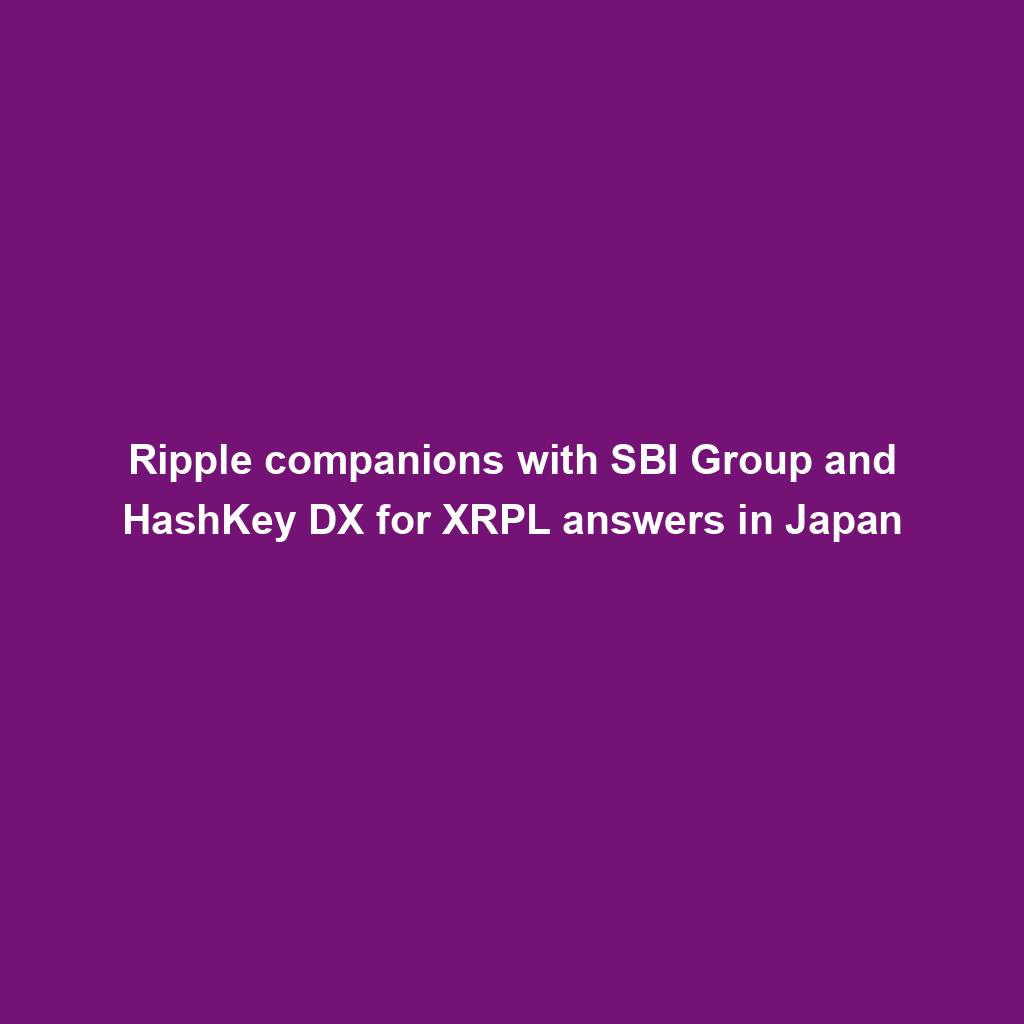
April sees $25M in exploits and scams, marking historic low ― Certik
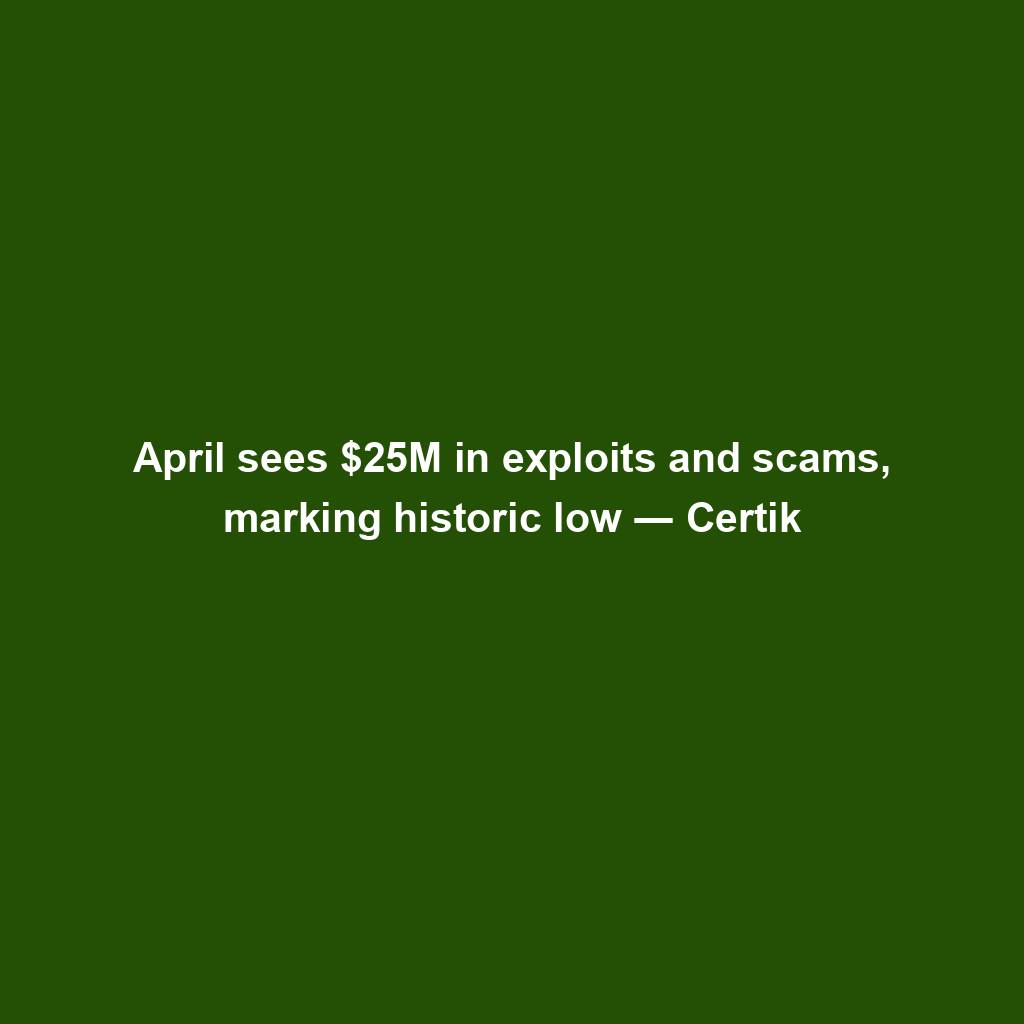
MSTR, COIN, RIOT and different crypto shares down as Bitcoin dips
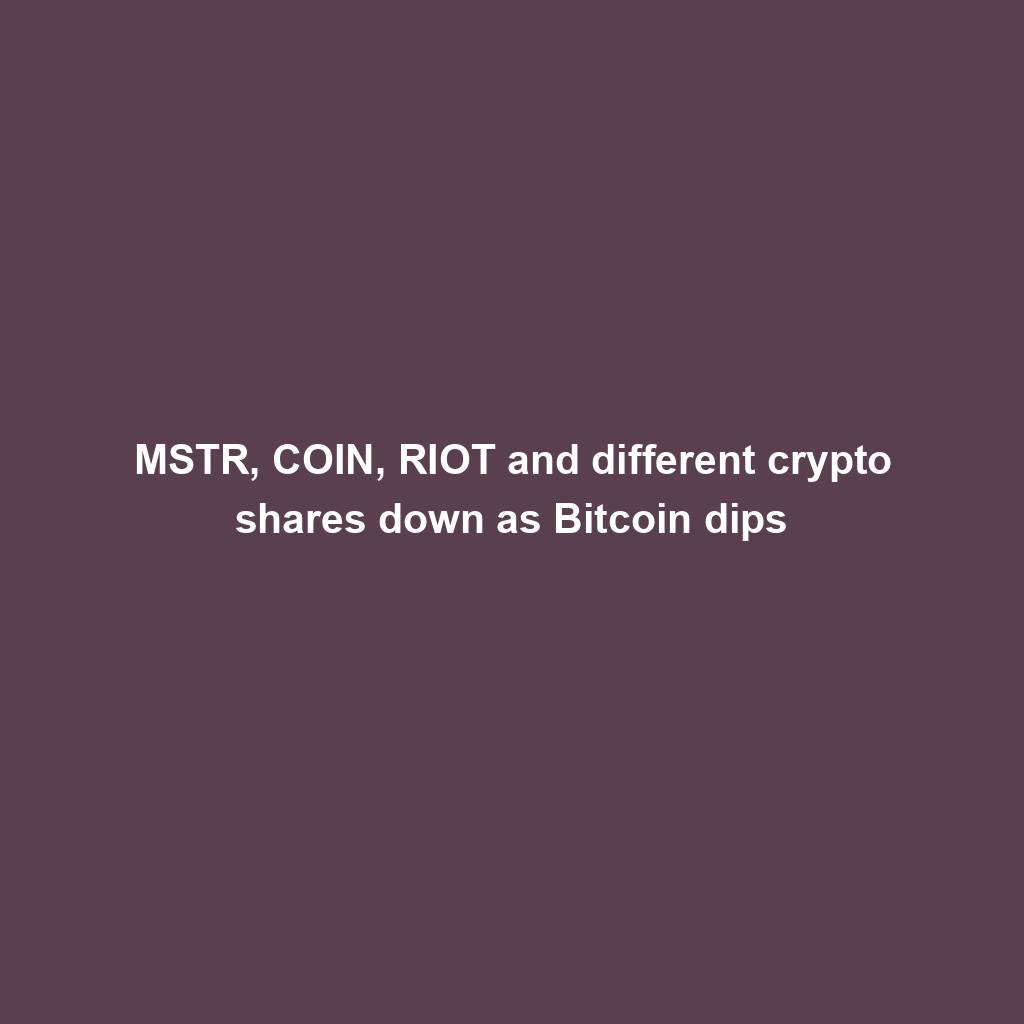
EigenLayer publicizes token release and airdrop for the group
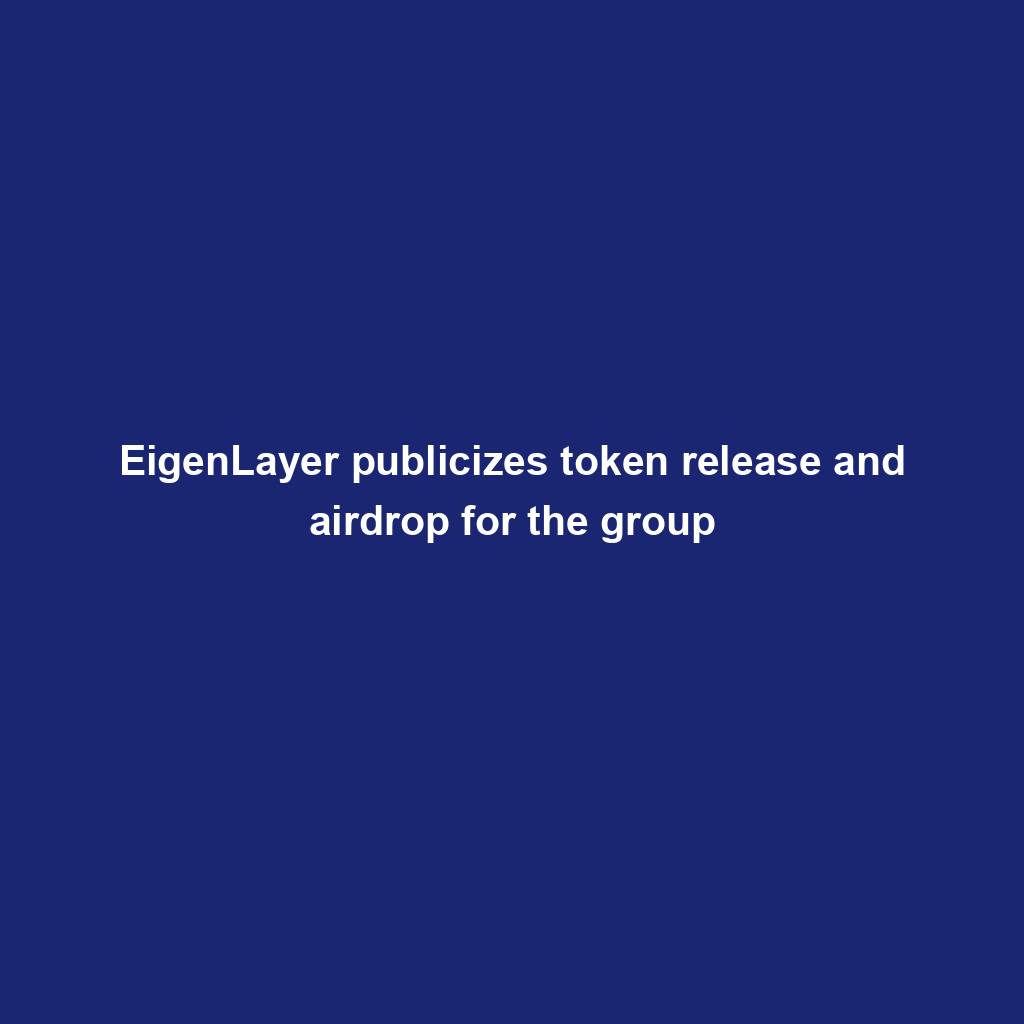
VeloxCon 2024: Innovation in knowledge control

Successful Beta Service release of SOMESING, ‘My Hand-Carry Studio Karaoke App’

Dogwifhat (WIF) large pump on Bybit after record reasons marketplace frenzy
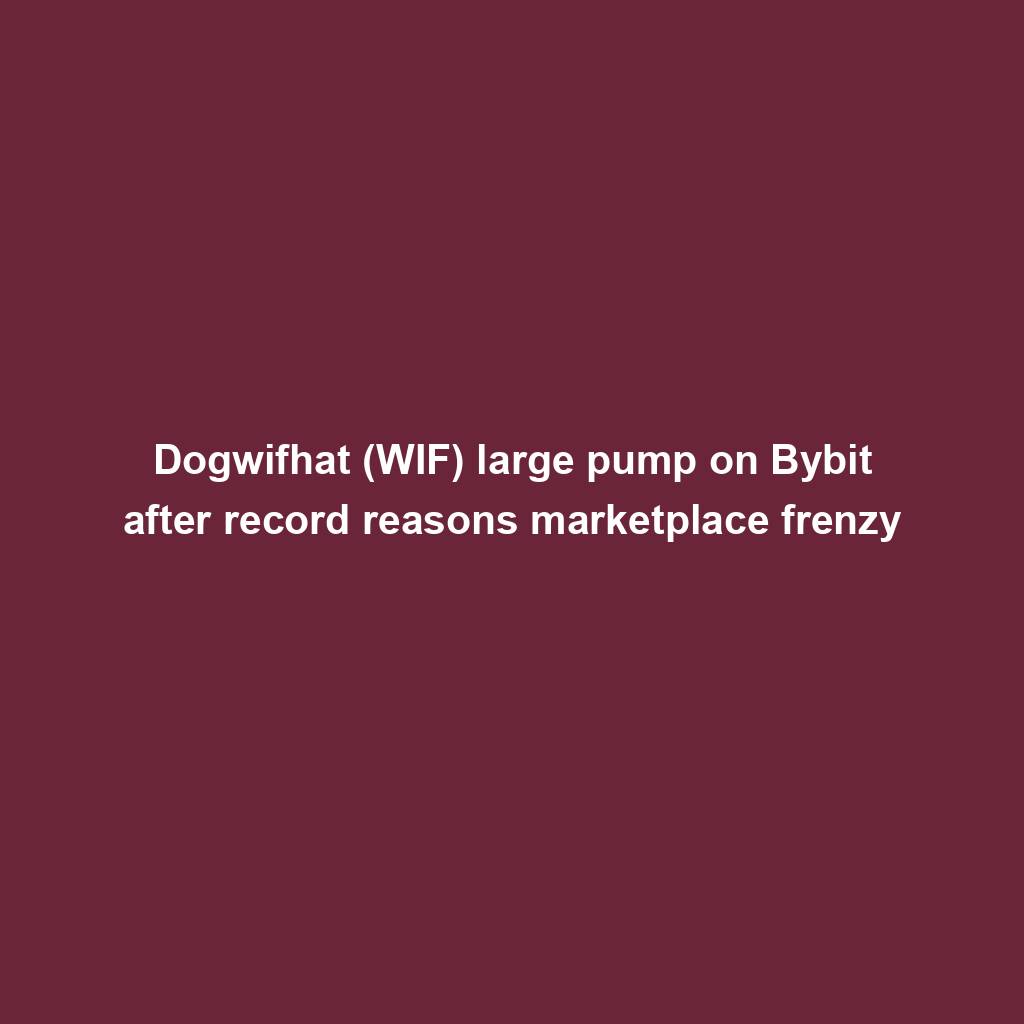
How fintech innovation is riding virtual transformation for communities around the globe
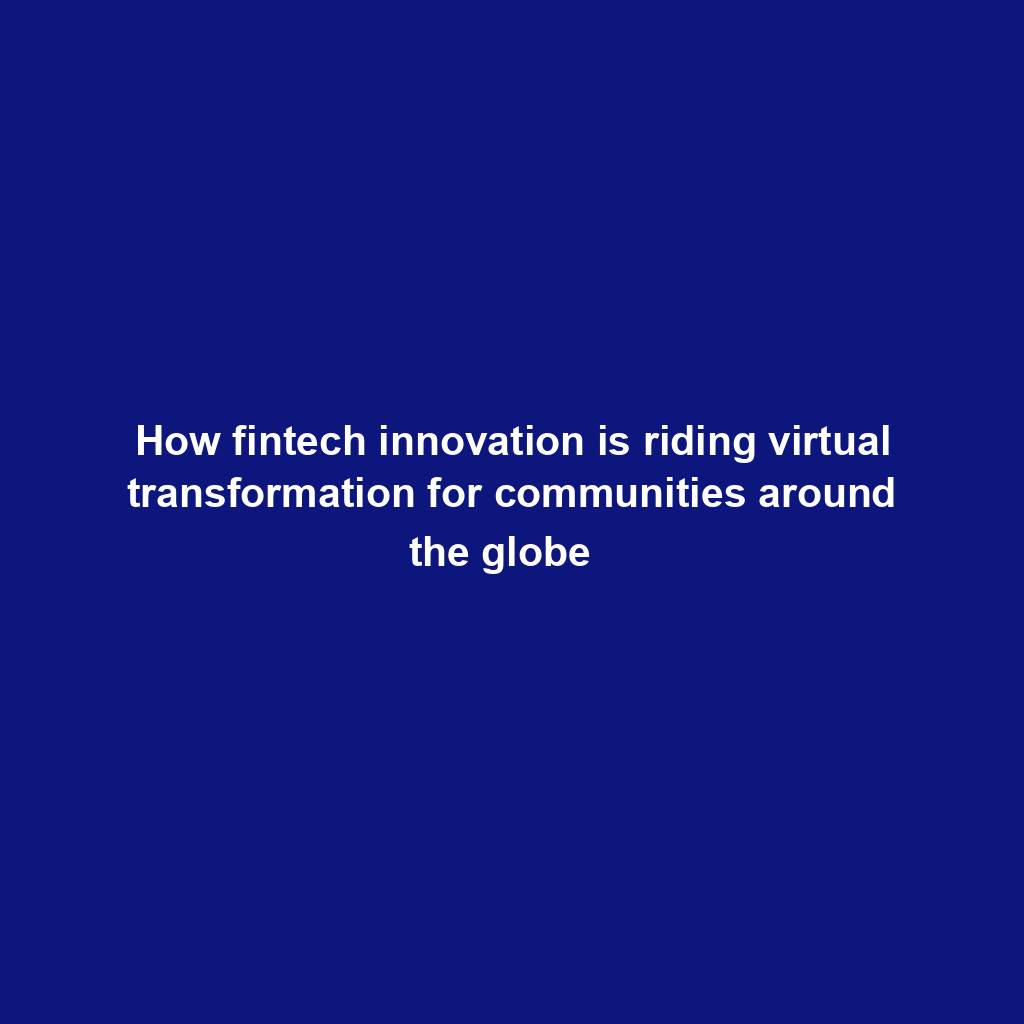
Wasabi Wallet developer bars U.S. customers amidst regulatory considerations

Analyst Foresees Peak In Late 2025
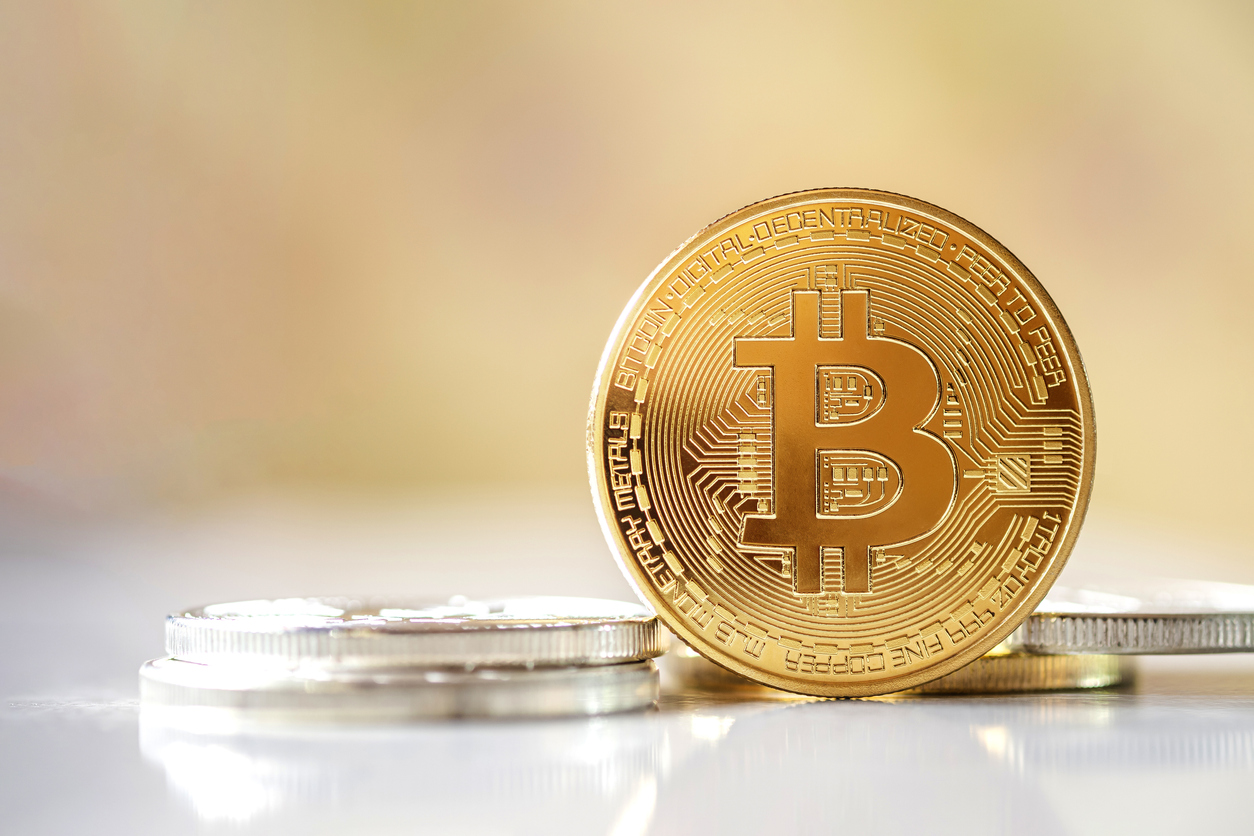
Solo Bitcoin miner wins the three.125 BTC lottery, fixing legitimate block

Ace Exchange Suspects Should Get 20-Year Prison Sentences: Prosecutors

Google Cloud's Web3 portal release sparks debate in crypto trade
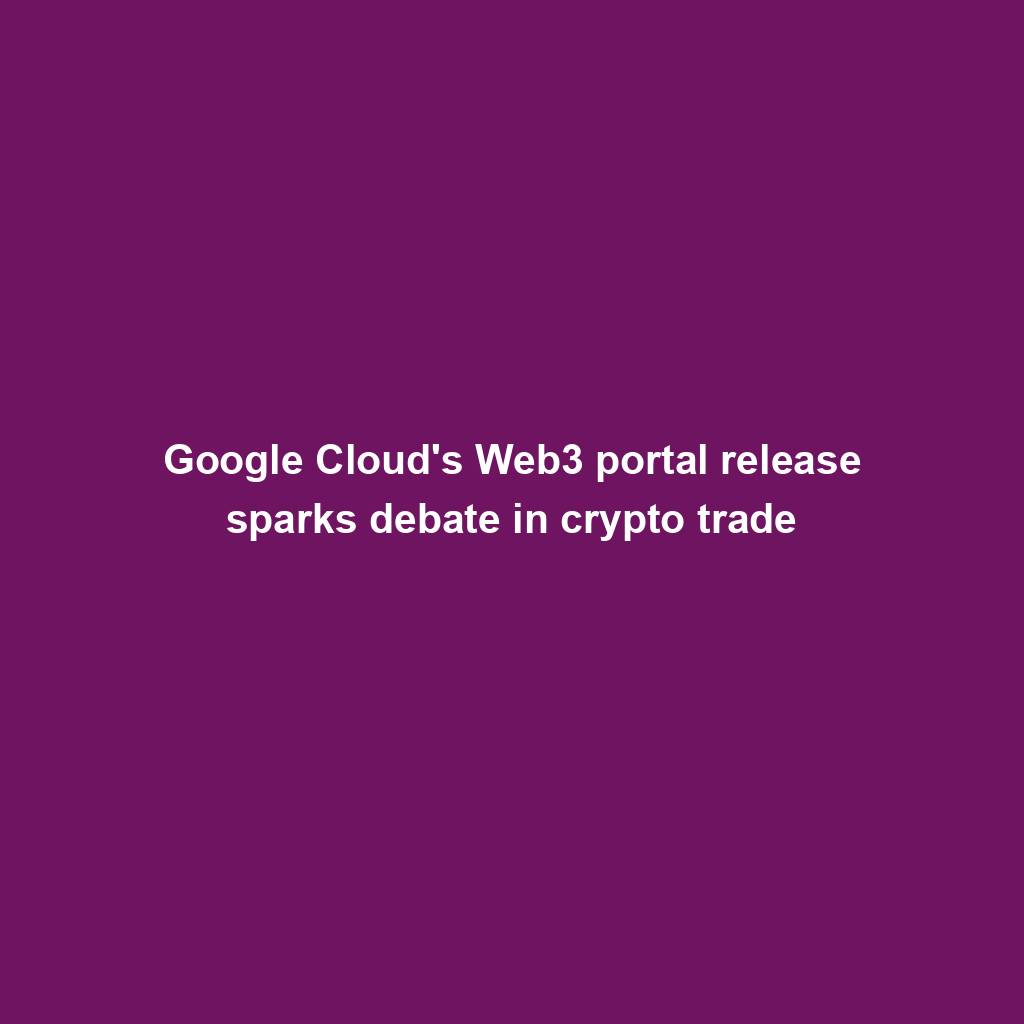
Bitcoin Primed For $77,000 Surge

Bitbot’s twelfth presale level nears its finish after elevating $2.87 million
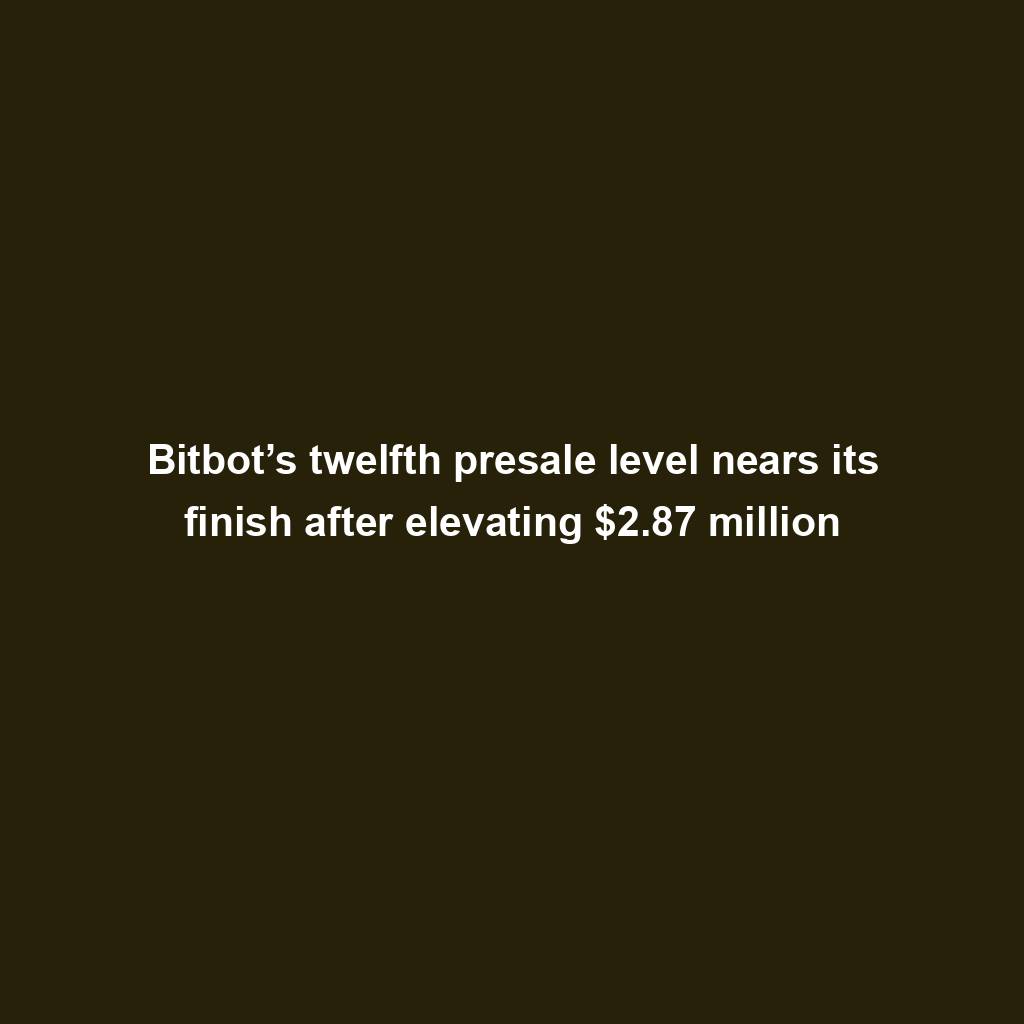
PANDA and MEW bullish momentum cool off: traders shift to new altcoin
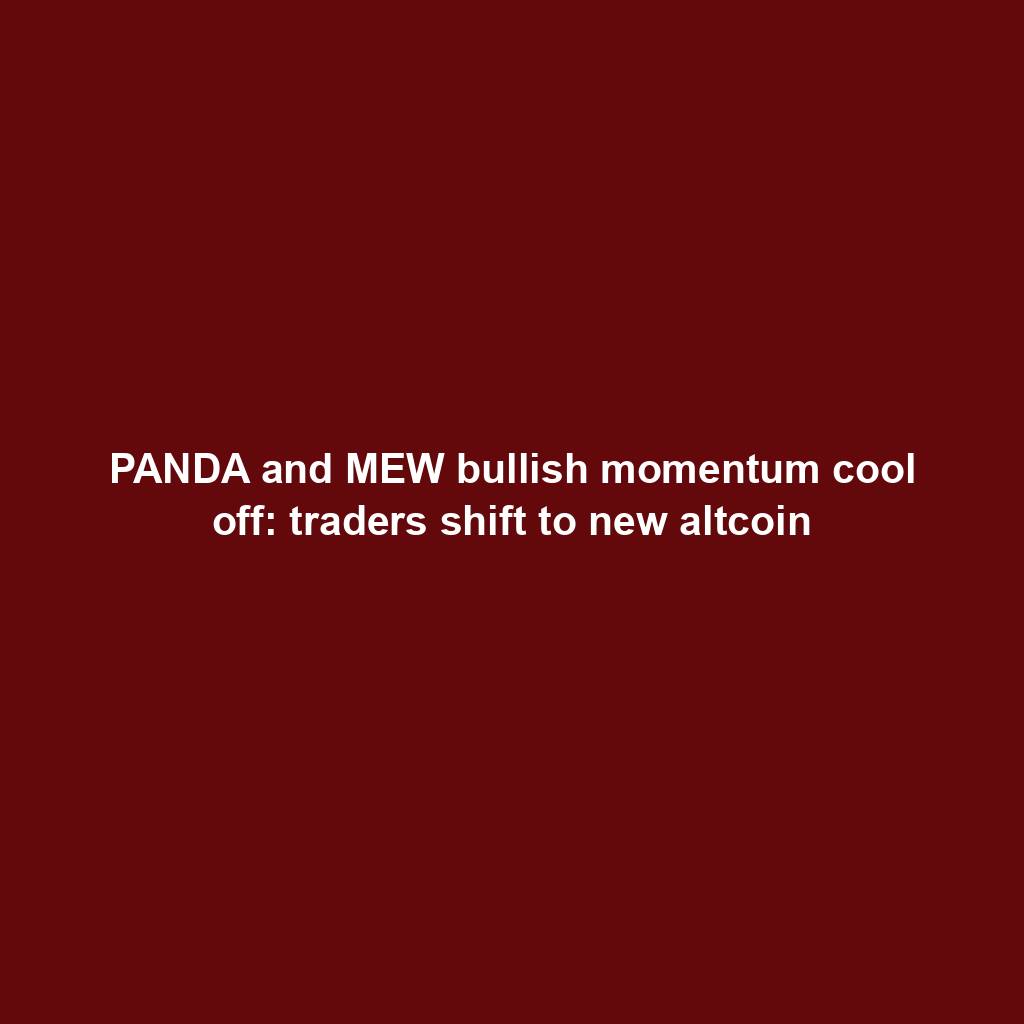
Commerce technique: Ecommerce is useless, lengthy are living ecommerce

Republic First Bank closed by way of US regulators — crypto neighborhood reacts
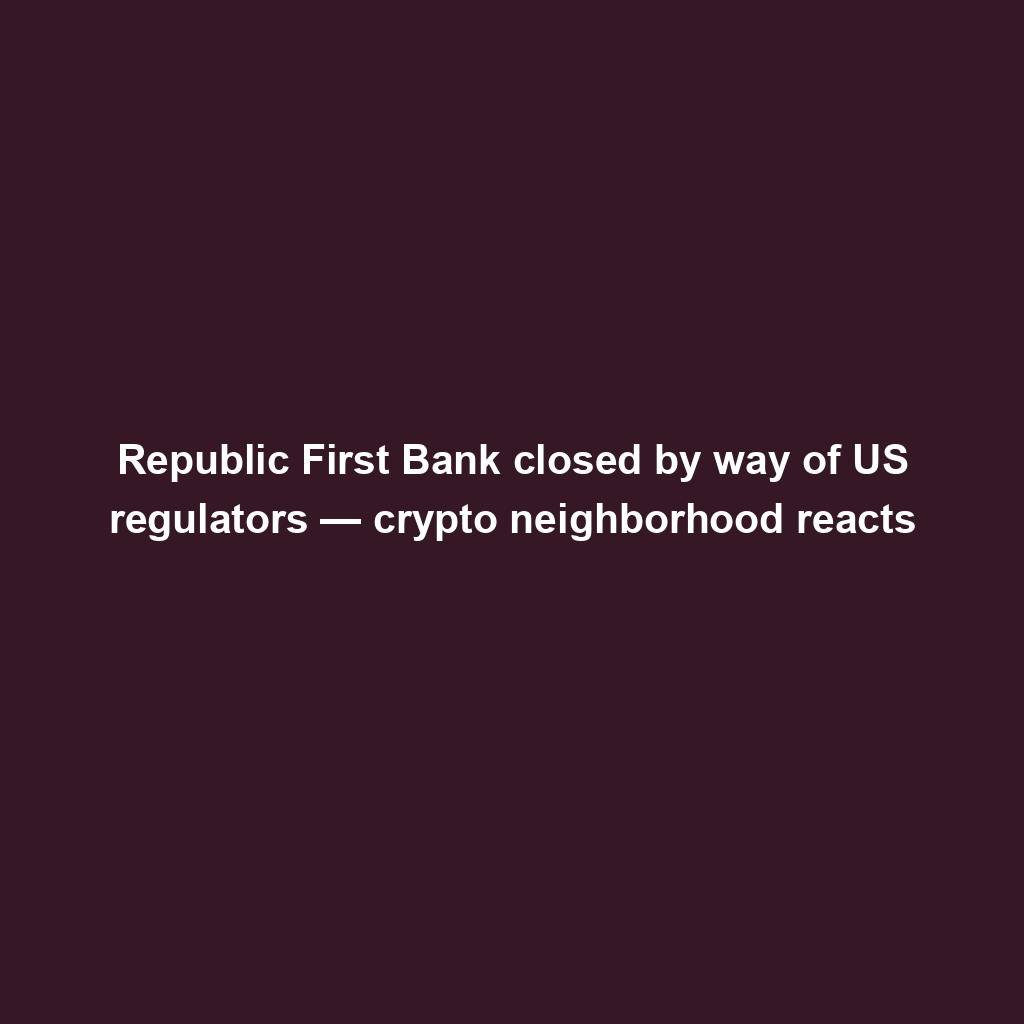
China’s former CBDC leader is beneath executive investigation

Bigger isn’t all the time higher: How hybrid Computational Intelligence development permits smaller language fashions
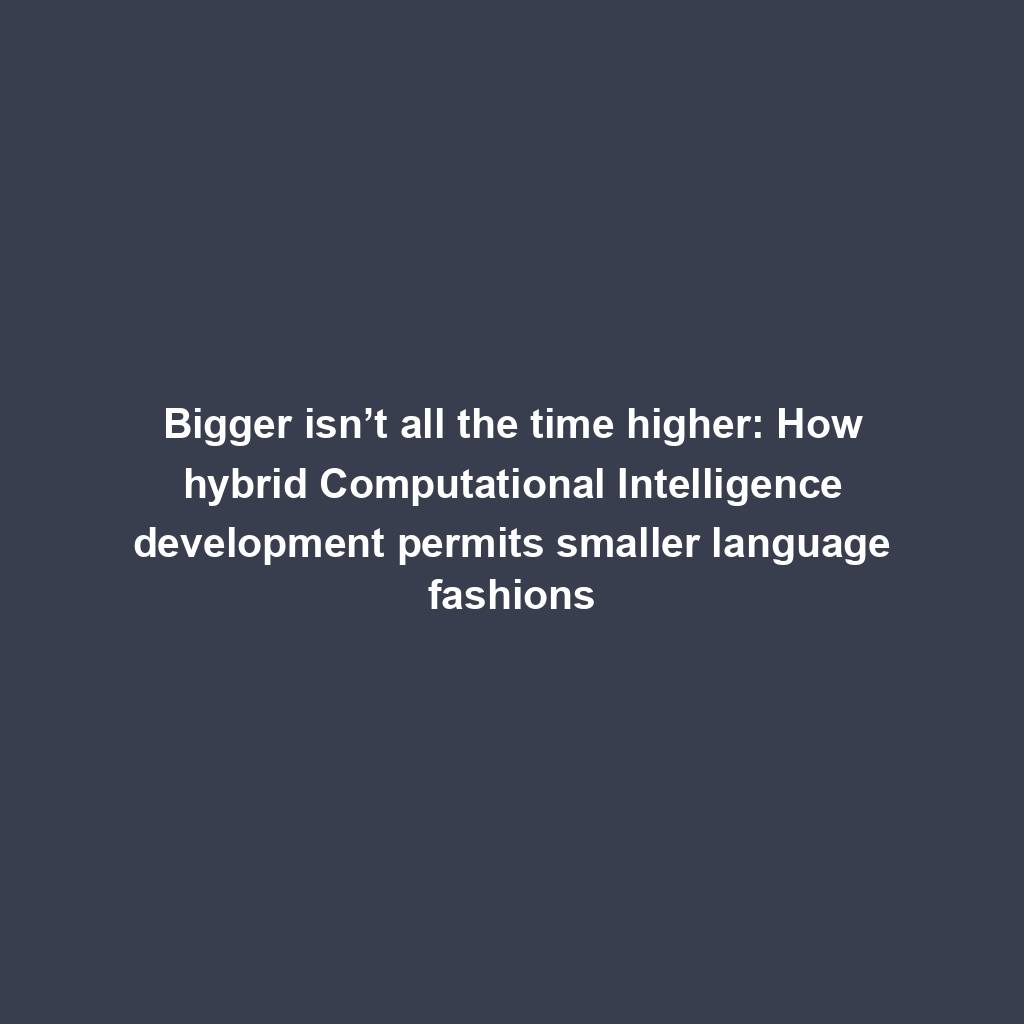
Pantera Capital buys extra Solana (SOL) from FTX
Successful Beta Service release of SOMESING, ‘My Hand-Carry Studio Karaoke App’

SEC sues Bitcoin miner Geosyn Mining for fraud; Bitbot presale nears $3M

Business procedure reengineering (BPR) examples

85% Of Altcoins In “Opportunity Zone,” Santiment Reveals
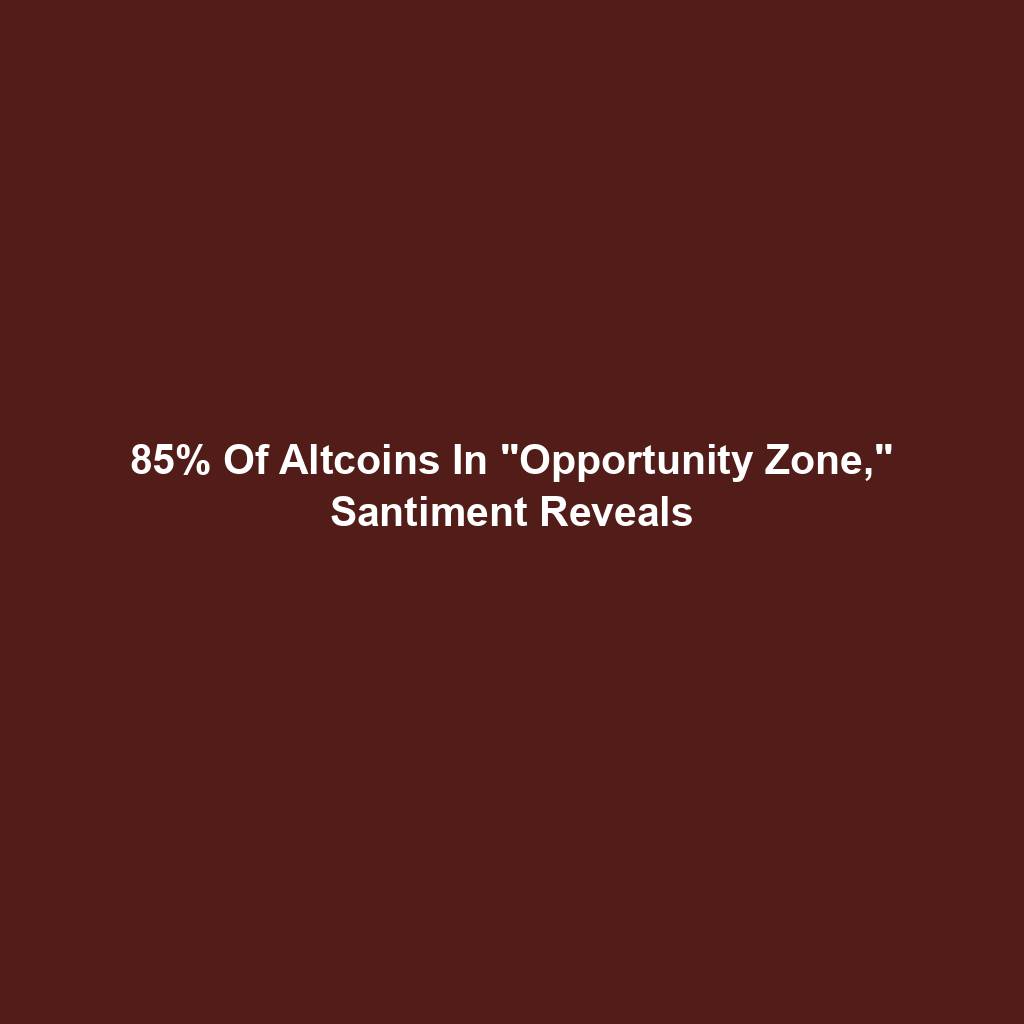
Sam Altman’s Worldcoin eyeing PayPal and OpenAI partnerships
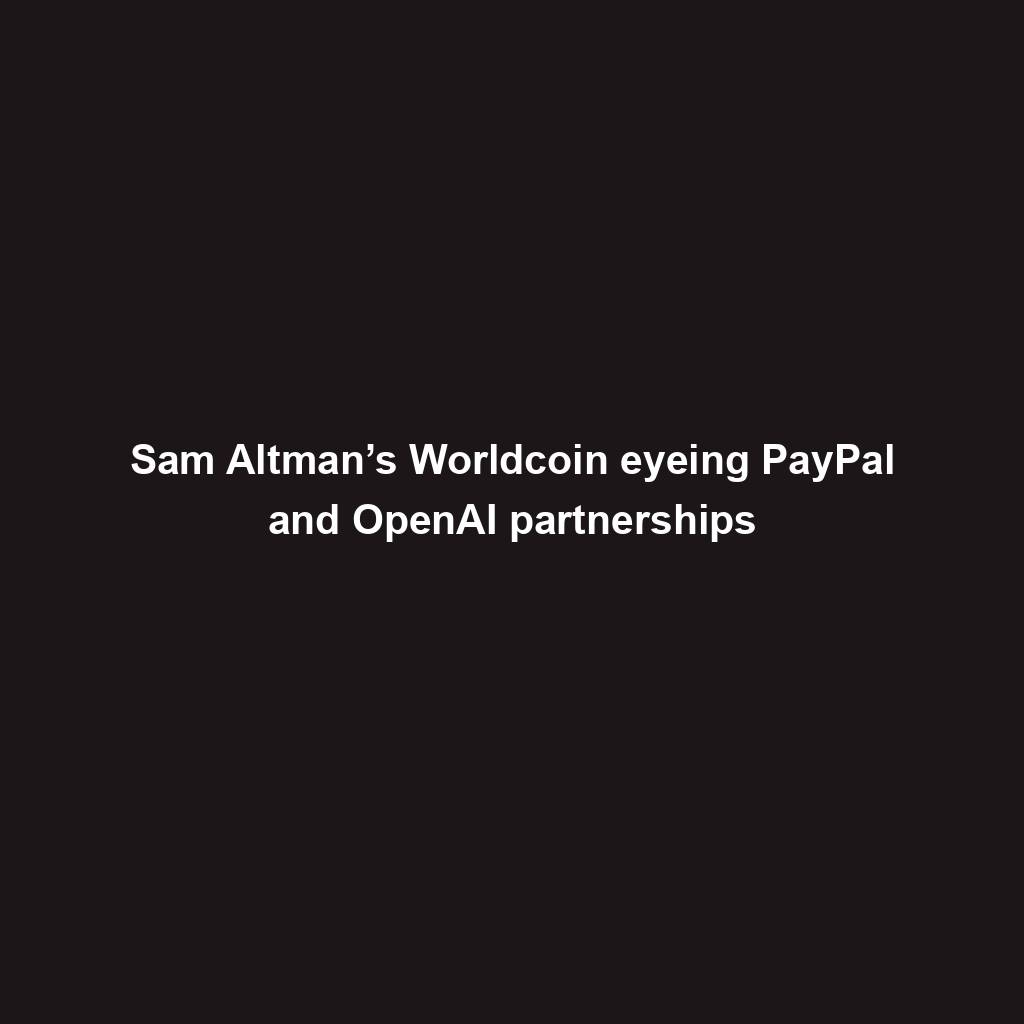
Artificial Intelligence transforms the IT strengthen enjoy

Franklin Templeton tokenizes $380M fund on Polygon and Stellar for P2P transfers
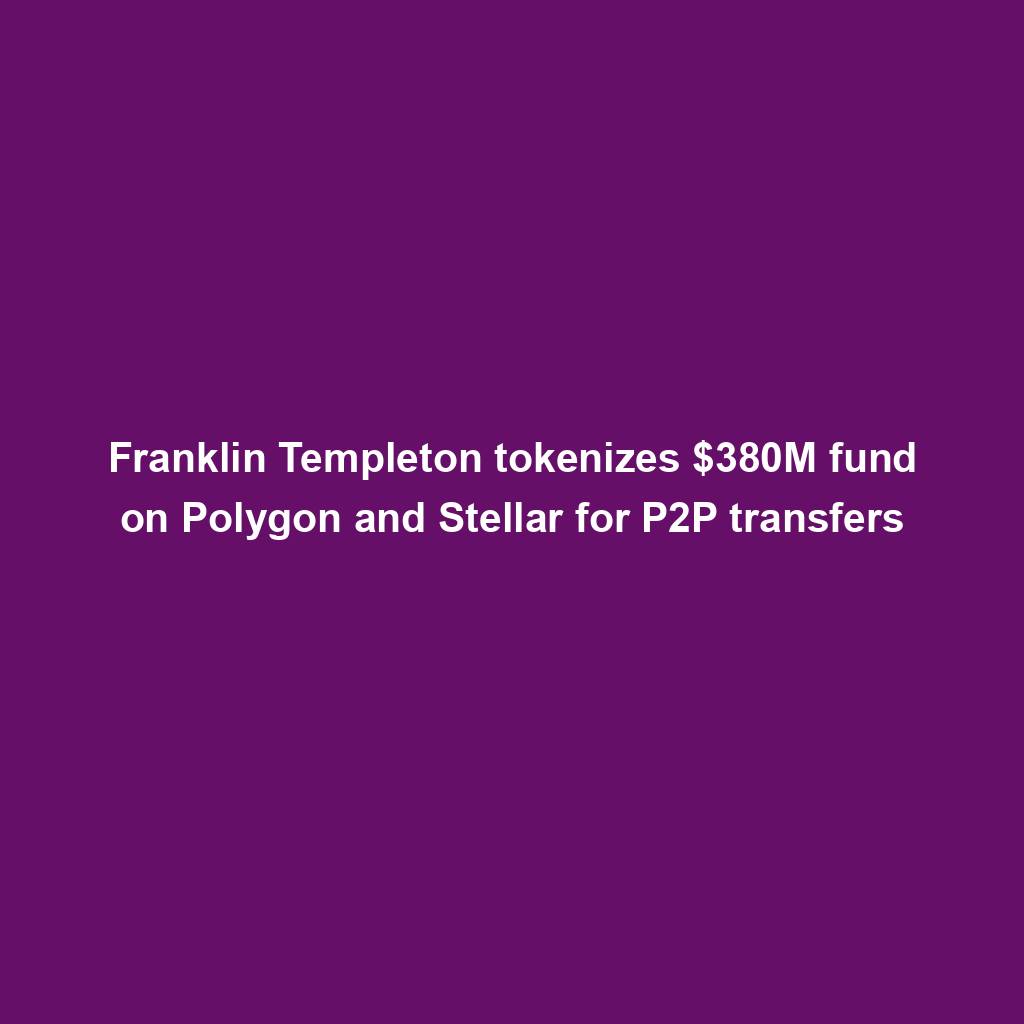
Meta’s letting Xbox, Lenovo, and Asus construct new Quest metaverse {hardware}
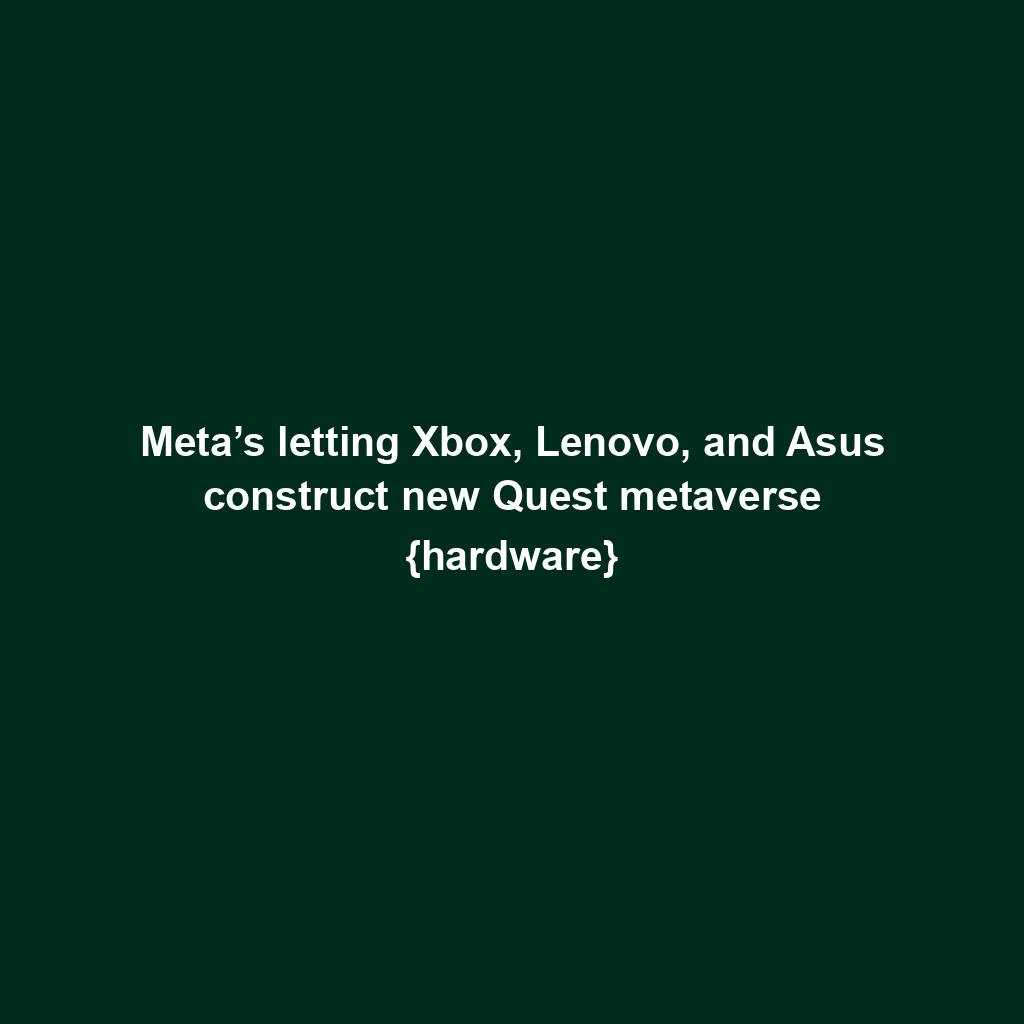
Shiba Inu (SHIB) unveils bold Shibarium plans as Kangamoon steals the display
